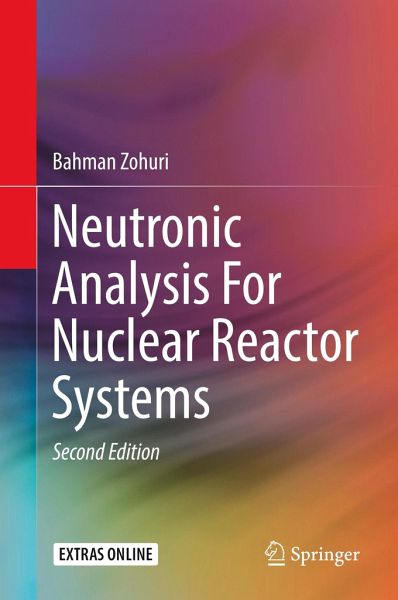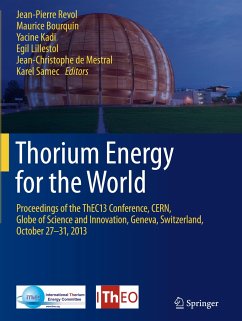
Neutronic Analysis For Nuclear Reactor Systems
Versandkostenfrei!
Versandfertig in 6-10 Tagen
152,99 €
inkl. MwSt.
Weitere Ausgaben:

PAYBACK Punkte
76 °P sammeln!
This expanded new edition develops the theory of nuclear reactors from the fundamentals of fission to the operating characteristics of modern reactors. The first half of the book emphasizes reactor criticality analysis and all of the fundamentals that go into modern calculations. Simplified one group diffusion theory models are presented and extended into sophisticated multi-group transport theory models. The second half of the book deals with the two main topics of interest related to operating reactors - reactor kinetics/dynamics, and in-core fuel management. Additional chapters have been ad...
This expanded new edition develops the theory of nuclear reactors from the fundamentals of fission to the operating characteristics of modern reactors. The first half of the book emphasizes reactor criticality analysis and all of the fundamentals that go into modern calculations. Simplified one group diffusion theory models are presented and extended into sophisticated multi-group transport theory models. The second half of the book deals with the two main topics of interest related to operating reactors - reactor kinetics/dynamics, and in-core fuel management. Additional chapters have been added to expand and bring the material up-to-date and include the utilization of more computer codes. Code models and detailed data sets are provided along with example problems making this a useful text for students and researchers wishing to develop an understanding of nuclear power and its implementation in today's modern energy spectrum.
Covers the fundamentals of neutronic analysis for nuclear reactor systems to help understand nuclear reactor theory;
Describes the benefits, uses, safety features, and challenges related to implementation of Small Modular Reactors;
Provides examples, data sets, and code to assist the reader in obtaining mastery over the subjects.
Covers the fundamentals of neutronic analysis for nuclear reactor systems to help understand nuclear reactor theory;
Describes the benefits, uses, safety features, and challenges related to implementation of Small Modular Reactors;
Provides examples, data sets, and code to assist the reader in obtaining mastery over the subjects.












